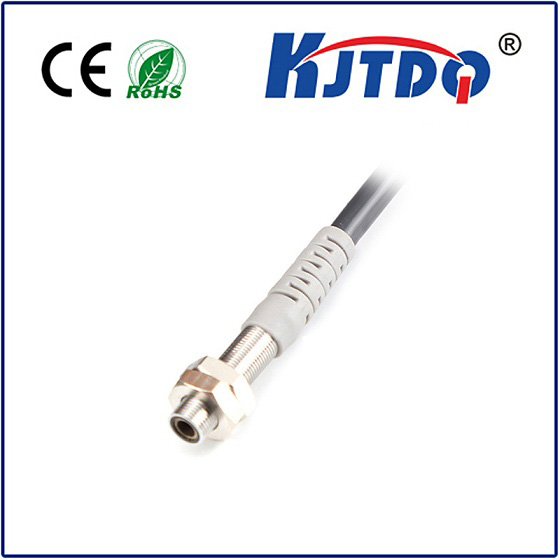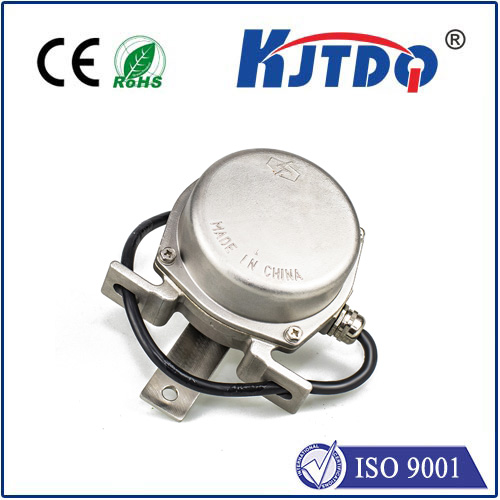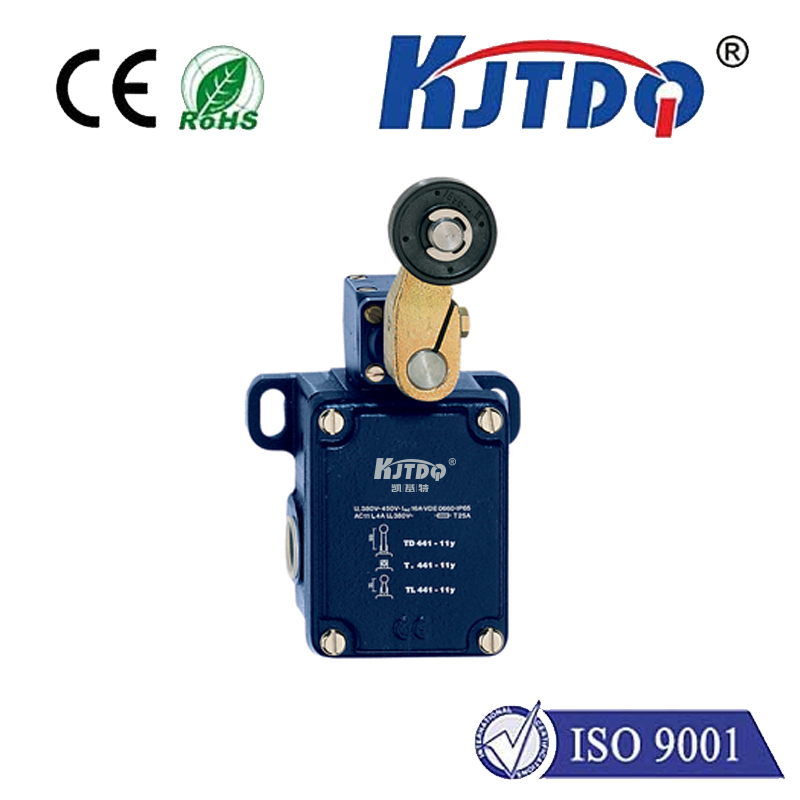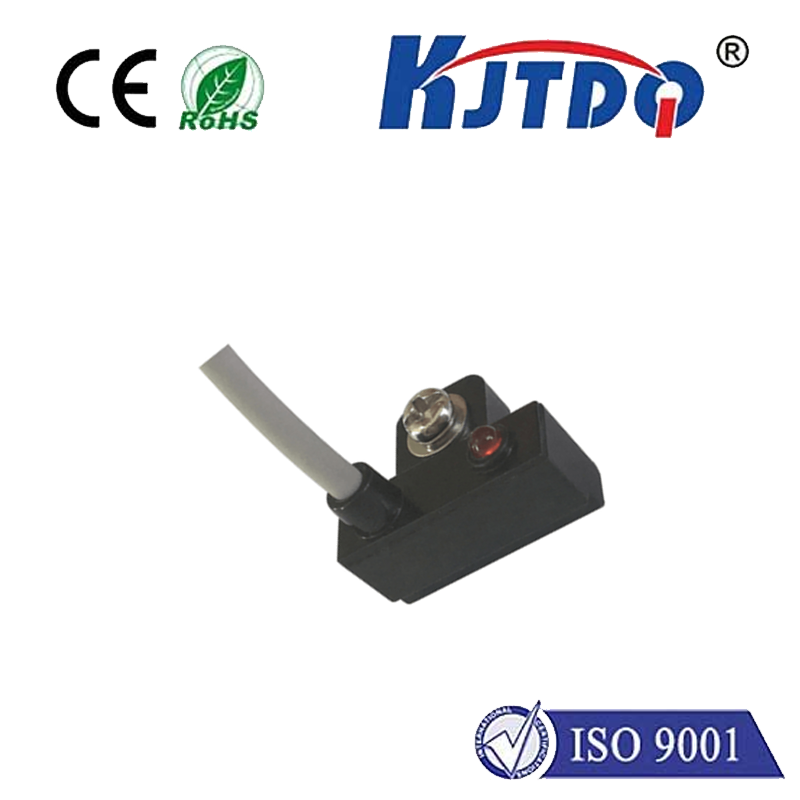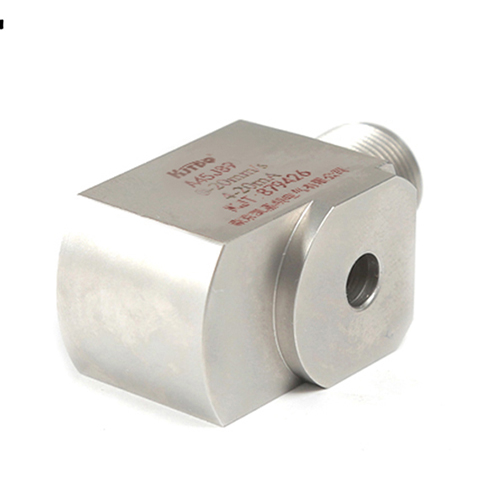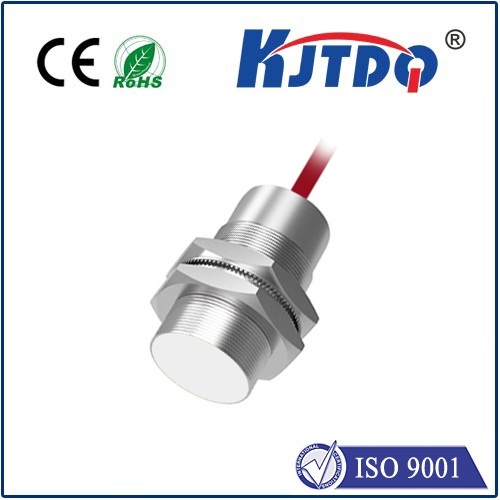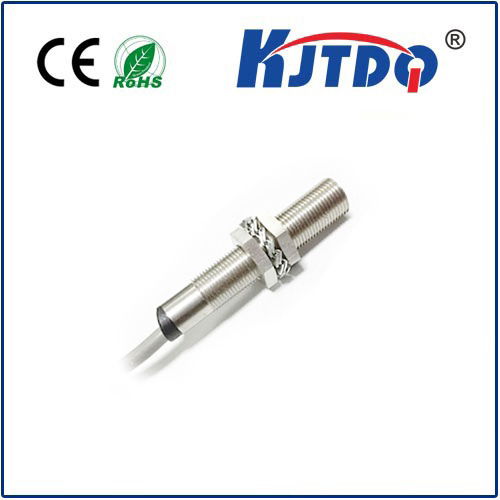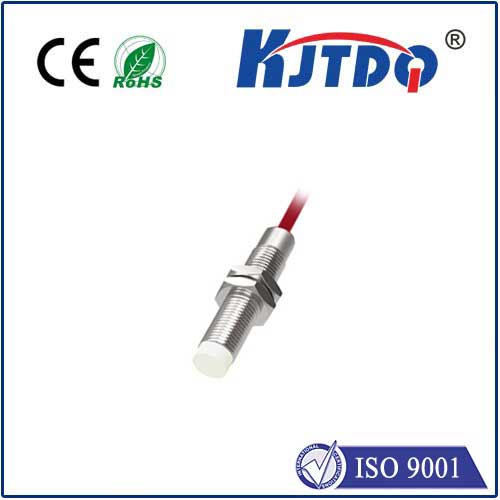magnetic proximity
- time:2025-06-19 03:01:24
- Click:0
Magnetic Proximity: Sensing the Unseen with Invisible Fields
Ever wondered how your smartphone screen magically dims when held to your ear during a call? Or how factory robots precisely detect the position of metal components without physical contact? The silent orchestrator behind these everyday marvels is magnetic proximity technology. This innovative approach leverages the fundamental power of magnetic fields to detect the presence, absence, or distance of objects – often without needing to touch them at all. Moving far beyond simple refrigerator magnets, magnetic proximity sensing represents a sophisticated method for machines and devices to perceive and interact with their environment in a reliable, efficient, and often invisible way.
Unveiling the Core Principle: Detecting the Invisible Force
At its heart, magnetic proximity sensing relies on the interaction between a magnetic field source (like a permanent magnet) and a sensor specifically designed to detect changes in that field. When a ferromagnetic object – a material strongly attracted to magnets, like iron or steel – enters the magnetic field generated by the source, it causes a distinct disturbance. This disturbance isn’t physical contact; it’s a measurable alteration in the field’s strength or characteristics.
Sensors, strategically positioned, are finely tuned to pick up these subtle alterations. The most common types include:

- Hall Effect Sensors: These detect changes in magnetic field strength by measuring the voltage generated when a current flows through a conductor within the field. The voltage changes proportionally to the field strength.
- Reed Switches: These consist of two thin, ferromagnetic metal reeds enclosed in a glass tube. When a sufficiently strong magnetic field is present, the reeds magnetically attract each other, physically closing a switch contact. The switch opens when the field is removed.
- Magneto-resistive (MR) Sensors: These exploit materials whose electrical resistance changes when exposed to a magnetic field. This change in resistance is measured to detect the field’s presence and strength.
The sensor translates the detected magnetic field disturbance into an electrical signal – typically an on/off switch or a proportional analog output. This signal provides critical information: “Target object is present”, “Target object is within range”, or even “Target object is this close”. This process happens rapidly, reliably, and without any physical interaction between the sensor and the object it detects.
Why Magnetic Proximity Stands Out: Key Advantages
Compared to other sensing technologies (like optical switches or ultrasonic sensors), magnetic proximity solutions offer a compelling set of advantages:
- Non-Contact Operation: This is paramount. The sensor doesn’t need to physically touch the target object. This eliminates wear and tear, prevents damage to delicate objects, and allows sensing through non-ferromagnetic barriers like plastic, glass, or even thin layers of non-conductive materials. Imagine detecting a metal part inside a sealed plastic housing – magnetic proximity makes this possible.
- Environmental Resilience: Magnetic fields are largely unaffected by dust, dirt, oil, moisture, fog, or vibration – common challenges in industrial settings. This makes these sensors exceptionally robust and reliable in harsh environments where optical sensors might fail.
- Extended Sensing Range: For detecting larger ferrous objects, magnetic proximity sensors can offer relatively longer sensing distances compared to many other proximity technologies, providing greater installation flexibility.
- Simplified Installation & Settings: Often featuring solid-state designs (especially Hall Effect sensors) with simple switching outputs, they are generally easy to install and require minimal configuration or calibration compared to some complex sensing arrays.
- Speed and Reliability: The detection process is incredibly fast (microseconds), making them suitable for high-speed applications. Their inherent design lends itself to high reliability and long operational lifetimes.
Where the Magnetic Field Comes Alive: Diverse Applications
The unique capabilities of magnetic proximity sensing make it indispensable across a vast spectrum of industries:
- Industrial Automation: This is arguably its stronghold. Proximity sensors detect the position of machine elements (cylinder pistons, clamps, robotic arms), confirm the presence of metallic parts on conveyor lines, monitor gear rotations, count passing objects (ferrous), and provide end-of-travel signals. Their robustness is critical here. Commonly known as magnetic proximity switches, they are workhorses on the factory floor.
- Consumer Electronics: Your smartphone uses a tiny Hall sensor to detect when a flip cover or case is closed, turning off the screen. Laptops use them to detect lid closure for sleep mode. Gaming controllers might employ them for joystick position sensing.
- Automotive: Beyond simple door open/closed sensors (often reed switches), they are used for gear position sensing, brake pedal position, steering wheel angle detection (sometimes using multi-axis sensors), throttle position, and detecting the presence of occupants (seat belt reminders). Think about your car automatically locking when you drive off – that’s magnetic proximity at work.
- Building Automation: Detection of door and window positions for security systems or climate control, elevator leveling and door safety sensors.
- Appliances: Detecting washing machine drum position or dishwasher door closure.
- Medical Devices: Used in equipment like infusion pumps or surgical tools where non-contact, reliable position feedback is essential.
Pushing the Boundaries: Future Trends
The world of magnetic proximity is far from static. Research continuously pushes boundaries:
- Integrated Solutions: Combining magnetic sensors with wireless communication (like Bluetooth Low Energy) enables smart, battery-powered sensors for IoT applications, transmitting position or detection data wirelessly.
- Enhanced Sensitivity: Developing sensors that can detect weaker magnetic fields or smaller ferrous objects expands potential applications into micro-mechanical systems and precision instrumentation.
- Multi-Axis Sensing: Sophisticated magnetometers capable of detecting magnetic field strength and direction in three dimensions (3D) enable more complex motion tracking and position determination applications.
- Material Versatility: Exploring ways to reliably detect non-ferrous metals or even non-metallic objects indirectly through magnetic tagging remains an area of interest.
The Ever-Present Force
From the smooth operation of multi-million dollar assembly lines to the subtle dimming of your phone screen, magnetic proximity sensing operates silently and efficiently in the background. Its fundamental principle – detecting the disturbance caused by an object in a magnetic field – provides a unique blend of reliability, non-contact operation, and environmental resilience unmatched by many other sensing methods. As technology evolves, offering smarter sensors, greater sensitivity, and new integration possibilities, the invisible fields harnessed by magnetic proximity sensors will undoubtedly continue to play a fundamental and expanding role in how machines perceive and interact with the physical world, shaping the future of automation, safety, and everyday convenience.












